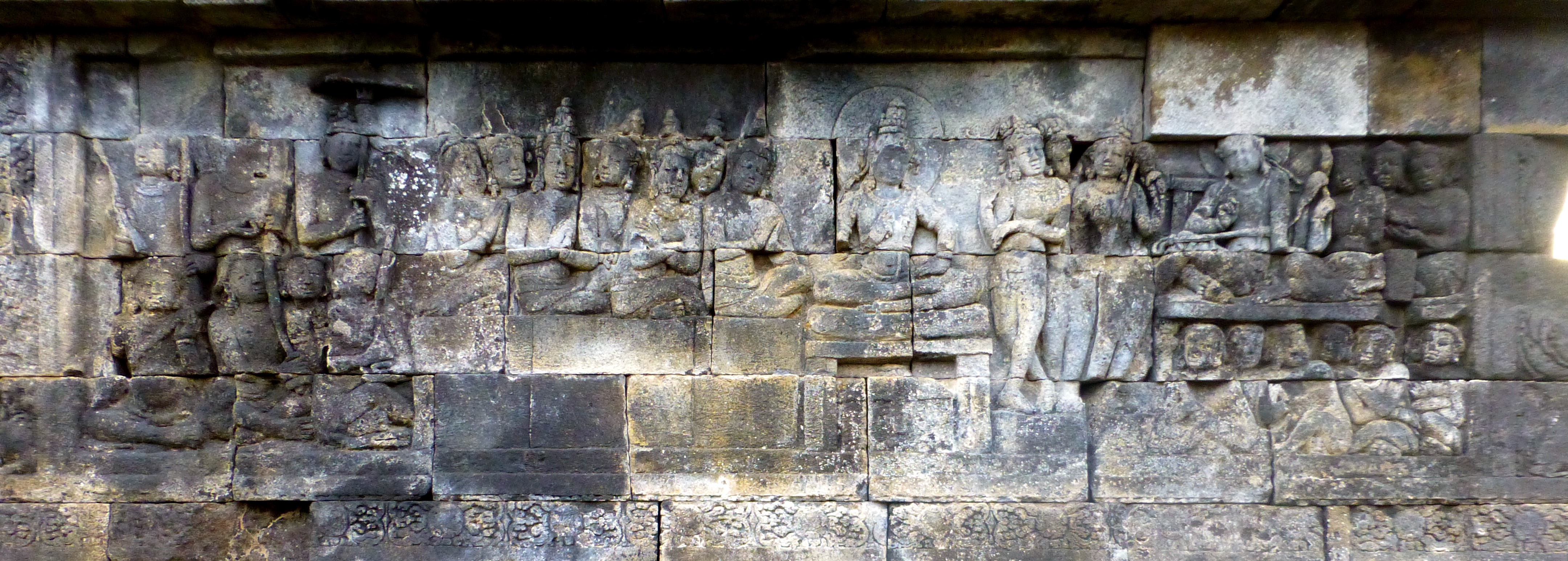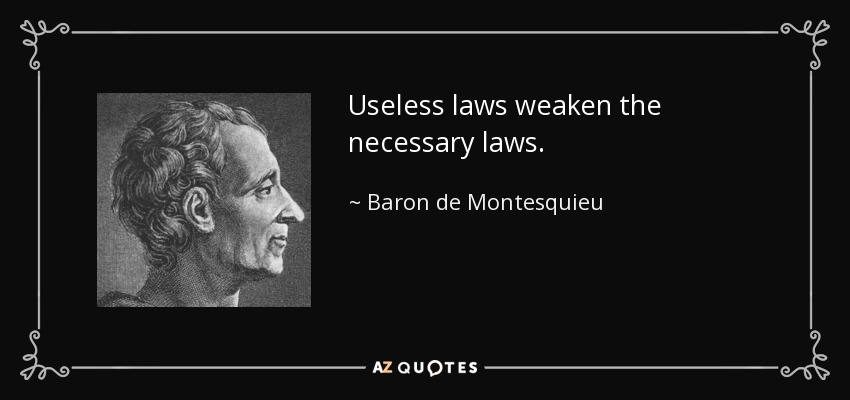“Be steady and well-ordered in your life
so that you can be fierce and original in your work.”
―
Education communities are the foundation of every industry in every nation. The United States should have a voice in the development of international management and technology standards that originate from the global standards bodies in Geneva — International Electrotechnical Commission, International Organization for Standardization and the International Telecommunications Union. At the moment the voice of US education communities is relatively weak; even with the sustained involvement of Standards Michigan beginning with the original University of Michigan standards enterprise described in our ABOUT.*
Owing to relationships with scholars and researchers in other nations that is common in academic communities we collaborate with many universities in other nations. We feature their research when appropriate; all of it worthy of admiration. Our primary involvement is with US Technical Advisory Groups administered by the American National Standards Institute. Of the projects listed below we are actively involved in meetings, gathering data and marking up drafts. There are other projects that are nascent, dormant, rejected , abandoned or consolidated with other titles. If the basis of the standardization project has merit; the idea will ultimately find its proper place.
Owing to copyright restrictions we are unable to post specifics on many of them but we are happy to provide a status check during our periodic Global standards colloquia. See our CALENDAR for the next online meeting; open to everyone.
*S. Joe Bhattia, Chairman of the American National Standards Institute, describes that condition at the University of Michigan Ross School of Business:





















